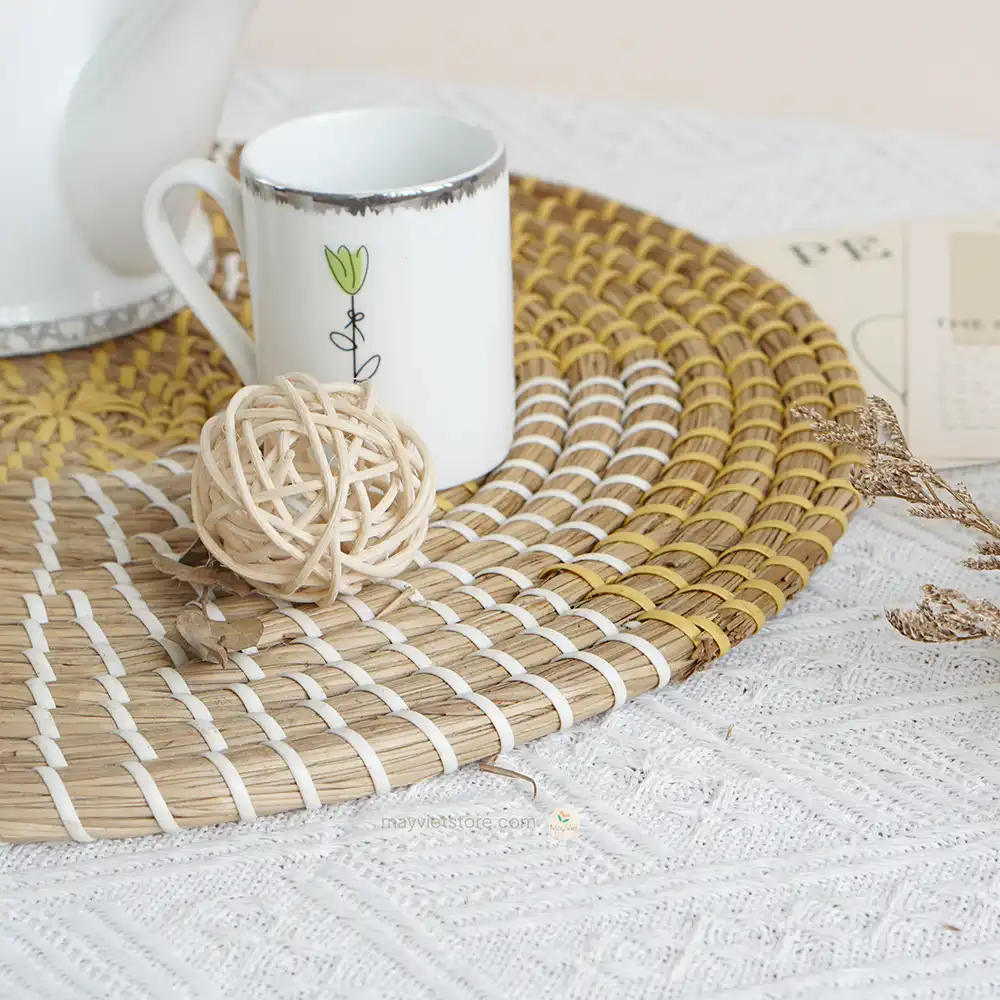The 6-Minute Rule for Unique Art
The 6-Minute Rule for Unique Art
Blog Article
Facts About Unique Art Uncovered
Table of ContentsSome Known Incorrect Statements About Unique Art See This Report on Unique ArtNot known Factual Statements About Unique Art All About Unique Art
While one could question which art type holds priority, the truth stays that each of these seven kinds gives an one-of-a-kind home window into human background, culture, and evolution. They are the tapestries that chronicle our trip, reminding us of our past while inspiring visions for the future.Fantastic art work tells a story, makes people look twice, and creates a special experience that can not be matched. Art and illustrations interact every one of that via shade, shape and other layout elements. Discover how to make your special art work stand out from the crowd.
To bring even a lot more dramatization, he expanded the paint. The contours, along with a round sconce, soften the sides. Structures classic posters and maps of cherished places set the scene.
8 TRIA GIOVANEqual parts grand and laidback, this entrance hall designed by Anthony Baratta is the best blueprint to comply with if you're embellishing an official entryway that still feels unfussy and comfy. Patterned textiles take center phase (see the rugs and the couch), yet they likewise aid bring the high ceilings down to a human range when hung over wallpaper.
How Unique Art can Save You Time, Stress, and Money.
18 Heidi Caillier DesignA gallery wall does not need to take up the whole area. Occasionally a little one can make a bigger style statement. In this living room, Hiedi Caillier opted for micro-mini frameworks and a random structure.
, the expression of ideas and feelings, with the creation of specific aesthetic high qualities, in a two-dimensional aesthetic language. The elements of this languageits forms, lines, colours, tones, and texturesare made use of in different means to generate experiences of quantity, room, activity, and light on a level surface area. These elements are integrated into expressive patterns in order to represent actual or superordinary sensations, to analyze a narrative motif, or to create completely abstract aesthetic relationships.
Later on the concept of the "fine musician" established in Asia and Renaissance Europe. Prominent painters were paid for the social condition of scholars and courtiers; they signed their work, decided its design and typically its subject and images, and developed a much more personalif not constantly amicablerelationship with their patrons. During the 19th century painters in Western societies started to lose their social placement and safe and secure patronage.
The 4-Minute Rule for Unique Art
Others earned an income with touring exhibits of their work. The demand to appeal to a marketplace had changed the similar (if much less impersonal) demands of patronage, and its result on the art itself was probably comparable. Normally, artists in the 20th century can reach a target market just via commercial galleries and public galleries, although their job might have been sometimes duplicated in art regulars
It is the sense of certainty in this official organization that gives a fantastic painting its self-sufficiency and existence. The colours and positioning of the major images in a design might be often mainly chosen by representational and symbolic factors to consider. It is the official interplay of colours and shapes that alone is qualified of interacting a specific mood, producing optical experiences of room, quantity, movement, and light and creating forces of both harmony and tension, even when a paint's narrative importance is rare.
Do not replicate the style of other musicians if you're looking for your style. Duplicating other individuals's art work can be terrific in academic objectives but it why not try these out will certainly not make you closer to locating your very own unique design. Your artistic design has to be, what you such as and what motivates you.

Unique Art - Questions
You need to try great deals of various choices and discover everything prior to you can concentrate on one particular style or you'll be tired, or even worse, you'll dislike your own style. So I recommend you to try every topic that you're interested in, check out as long as you can. Attempt various tools that excite you and new techniques you've never ever my company tried before.
With time you'll have the ability to sort every one of them right into your favorite and the very least preferred groups. Attempt to concentrate your attention on the subjects and tools that you like and prior to you see it coming you'll have your very own individual and special style, like no one else have! In the end you'll have a couple of favorite subjects to paint and perhaps a couple of favored mediums.

Report this page